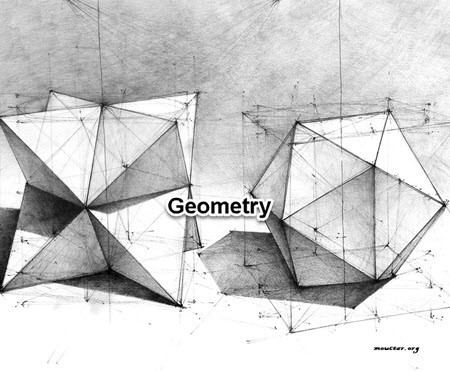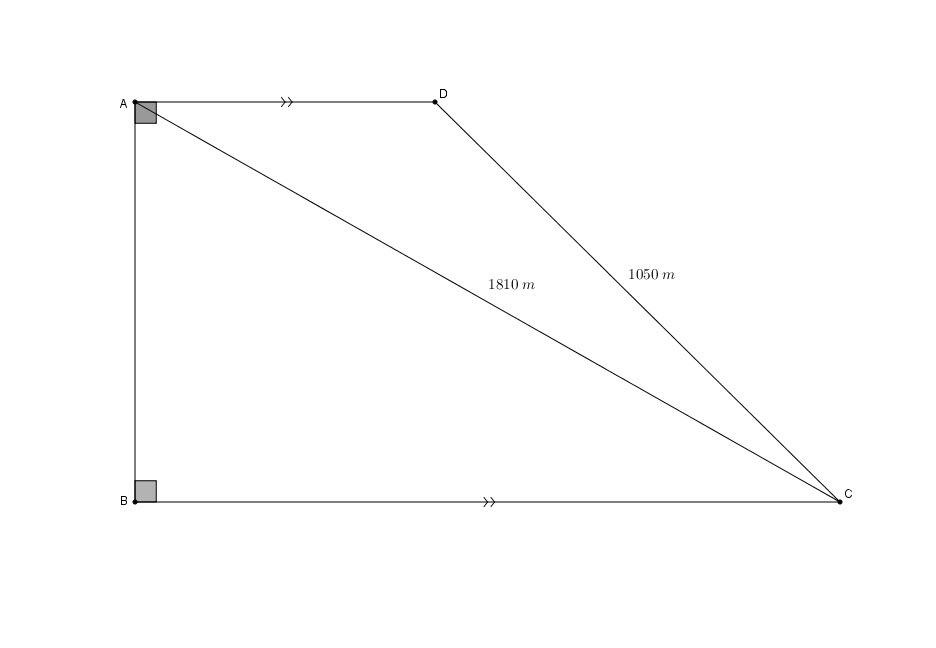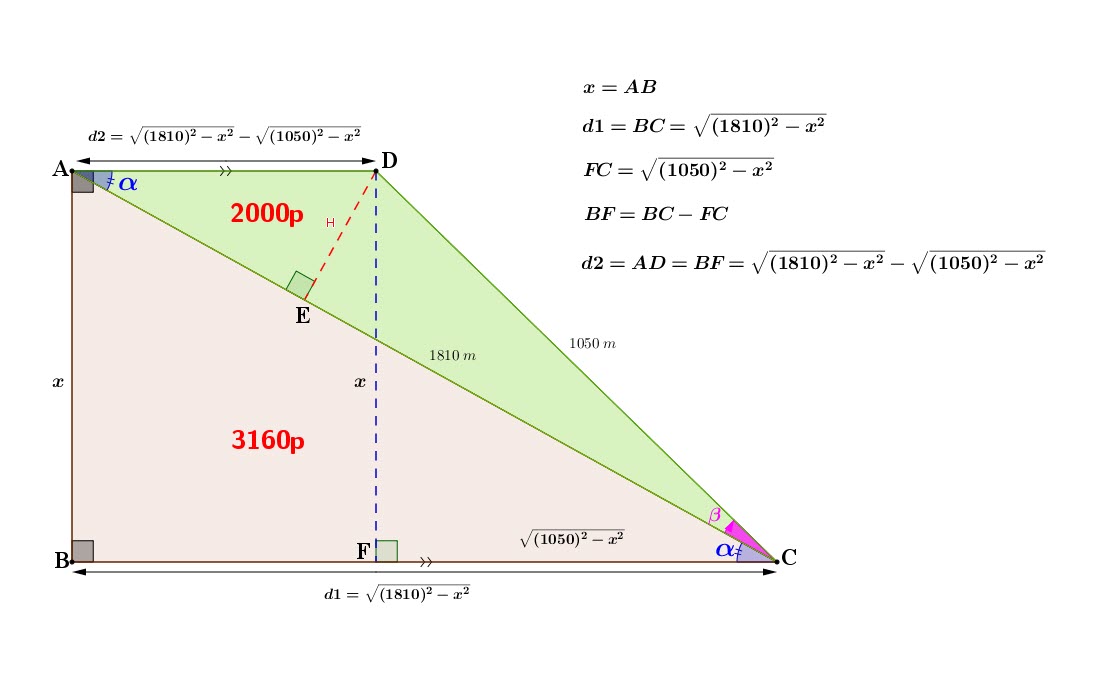

Promoting the study of Geometry
Joining forces with institut-delbol.com, mouctar.org is publishing the first challenge.
The callenge second part is now solved. No more answers will be accepted. There was no winner for this challenge.
PROBLEM 2: THE TRAPEZOID
An agency is assigning the area bounded by figure ![]() to a city population.
to a city population.
Each member will receive an equal area of a land plot.
Calculations have shown that out of the 5160 members of the population, 2000 will receive their plots from the area covered by triangle ![]()
The remaining people will be assigned plots from ![]() , (See graph).
, (See graph).
![]() and
and ![]()
1. Find the area of ![]()
![]()
2. Verify the area of ADC using the Heron’s Formula ![]()
3. What is the area, in square meters, assigned to each person? ![]()

Click this link to read the pdf file
SOLUTION: METHOD BY TRIGONOMETRY

Let ![]()
![]()
From the right triangle ![]() We have the hypothenuse
We have the hypothenuse ![]() .
.
We have:
![]()
We also have the right triangle ![]()
![]()
Another equality:
![]()
We can then say:
![]()
We can also see that :
![]()
![]()
The area of ![]() contains 3160 plots of land:
contains 3160 plots of land:
![]()
Also
![]()
If we use areas by angle and adjacent sides we get:
For ![]() :
:
![]()
For ![]() :
:
![]()
Now let’s divide ![]() by
by ![]()
![]()
Simplifying we get:
![]()
OR
![]()
But ![]() and
and ![]()
We get:
![]()
Multiplying both members by the denominator of the left side:
![]()
![]()
![]()
![]()
![]()
![]()
Let ![]()
We get:
![]()
Let’s square both sides:
![]()
![]()
![]()
![]()
![]()
We plugin the values:

![]()
Rounded Value here:
![]()
Finding angles ![]() and
and ![]()
![]()
Yields
![]()
On the other hand, in ![]() :
:
![]()
Which gives:
![]()
OR
![]()
We then get
![]()
![]()
Areas:
Area ![]()
Area ![]()
Area ![]()
Rounding:
Area ![]()
For ![]()
Area ![]()
OR
Area ![]()
Area ![]()
ROUNDING
Area ![]()
![]()
We add the two areas:
![]()
![]()
![]()
![]()
![]()
Using the heron Formula for Area ADC
Calculating ![]()
![]()
![]()
![]()
The sides are: ![]() ,
, ![]() ,
, ![]()
Calculating ![]() :
:
![]()
![]()
![]()
![]()
![]()
Area ![]()
Area ![]()
ROUNDING:
Area ![]()


Be the first to comment